For many years now, June has been the month when Apple presents its new operating systems. In 2009, OS X Snow Leopard came along – a revolutionary and innovative Mac operating system in many ways. It was Snow Leopard that, according to many experts, practically laid the foundations for Apple's future core values and paved the way for next-generation operating systems.
Unobtrusive primacy
At first glance, however, Snow Leopard did not seem too revolutionary. It didn't represent too much of a shift from its predecessor, the OS X Leopard operating system, and it didn't bring new features (which Apple itself claimed from the very beginning) or enticing, revolutionary design changes. The revolutionary nature of Snow Leopard lay in something completely different. In it, Apple concentrated on the basics and optimization of already existing functions and performance, and thereby convinced the professional and lay public that it can still produce quality products that "just work". Snow Leopard was also the first version of OS X that ran only on Macs with Intel processors.
But that was not the only first that Snow Leopard could boast of. Compared to its predecessors, it also differed in its price - while earlier versions of OS X cost $129, Snow Leopard cost users $29 (users had to wait until 2013, when OS X Mavericks was released, for a completely free application).
Nothing is without error
The year 2009, when Snow Leopard was released, was the time of an influx of new Mac users who decided to switch to an Apple computer after purchasing an iPhone, and were introduced to the characteristic environment of Apple's desktop operating system for the very first time. It was this group that could have been taken aback by the number of flies that needed to be caught in the system.
One of the most serious was that the guest accounts' home directories were completely wiped. Apple fixed this issue in the 10.6.2 update.
Other issues users complained about were app crashes, both native (Safari) and third-party (Photoshop). iChat repeatedly generated error messages and also had problems starting on some computers. The iLounge server said at the time that although Snow Leopard came with faster speeds and took up less disk space, only 50%-60% of users surveyed reported no problems.
The media, which decided to point out the mistakes, surprisingly faced some criticism. Journalist Merlin Mann told these critics at the time that he understood they were excited about all the "homeopathic, invisible new features" but that they shouldn't point the finger at those who point out that something is wrong. “People who have problems and people who don't have problems use the same Mac models. So it's not like Apple is only testing Snow Leopard on some of its computers. Something else is happening here," he pointed out.
A number of users even considered going back to OS X Leopard due to the mentioned problems. Today, however, Snow Leopard is remembered rather positively - either because Apple managed to correct most of the mistakes, or simply because time heals and human memory is treacherous.
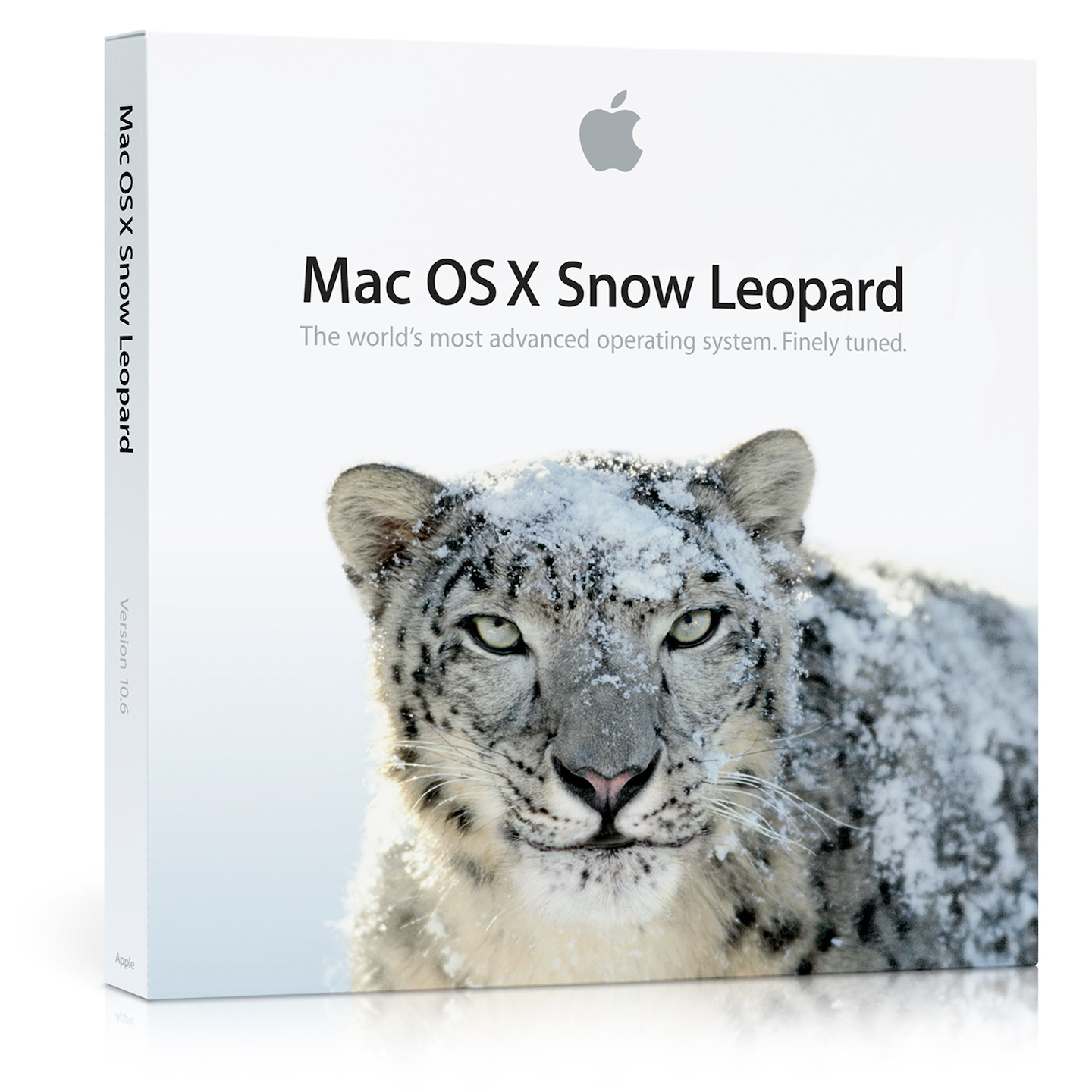
Sources: Cult of Mac, 9to5Mac, iLounge,

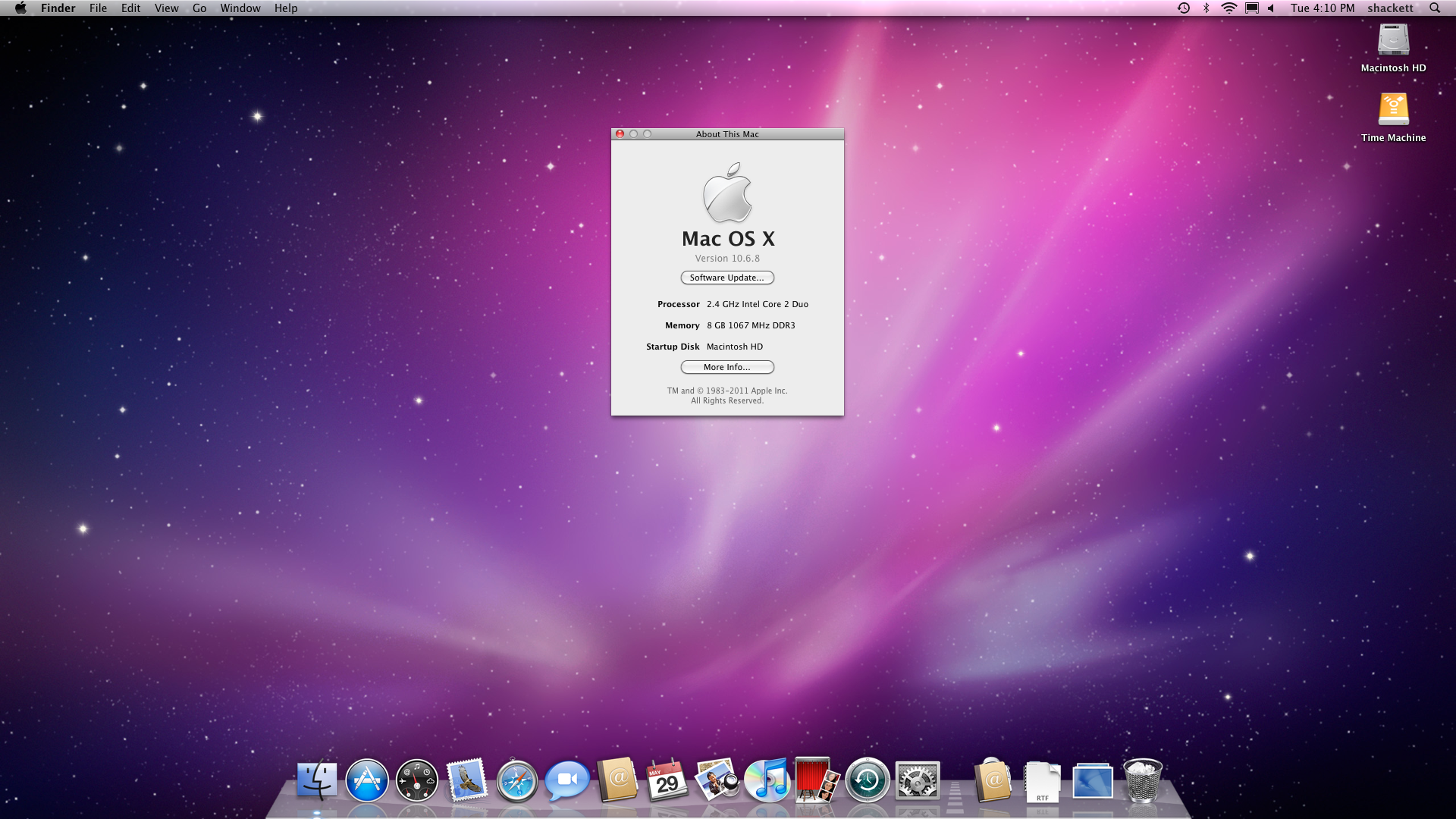
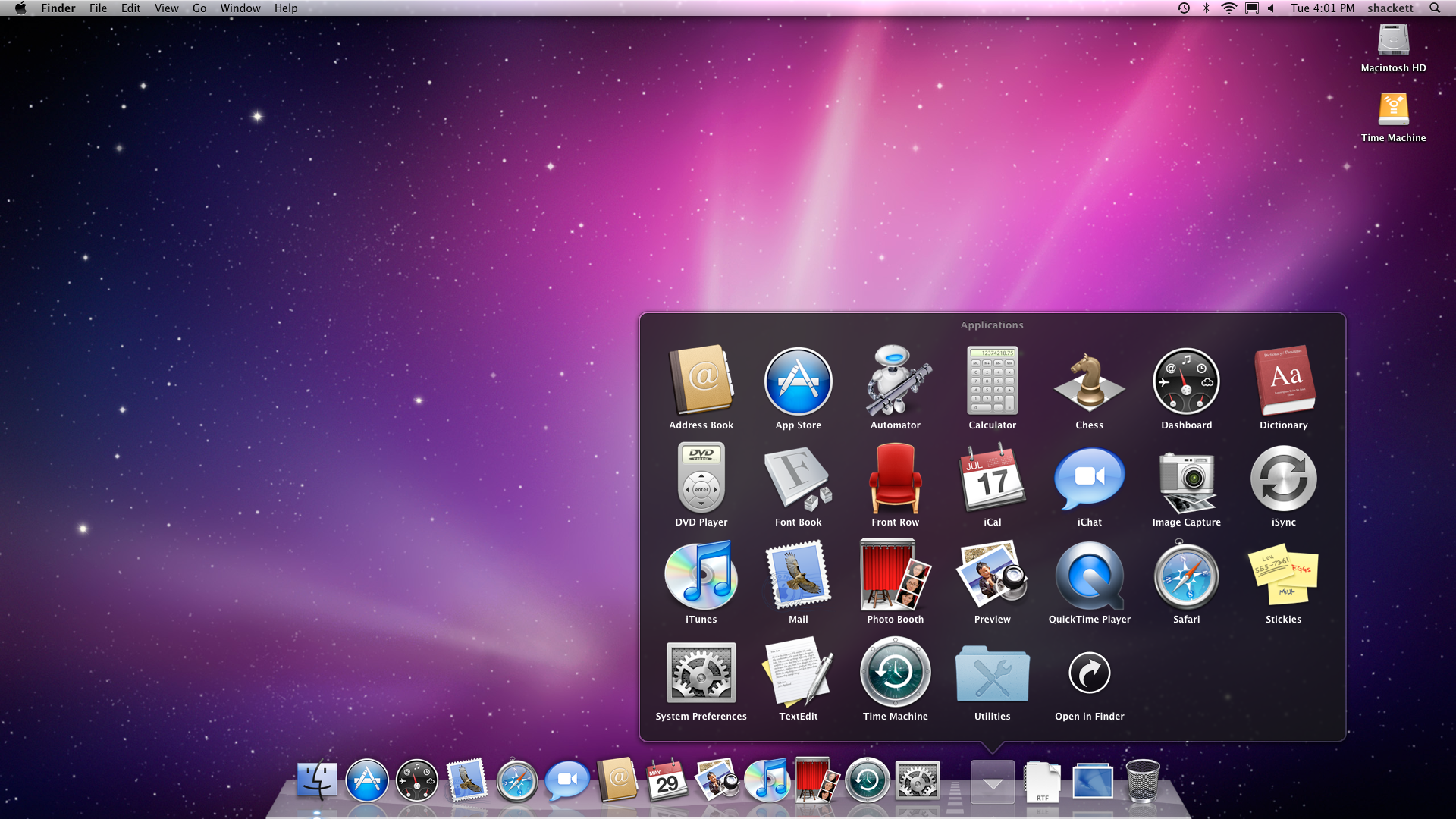
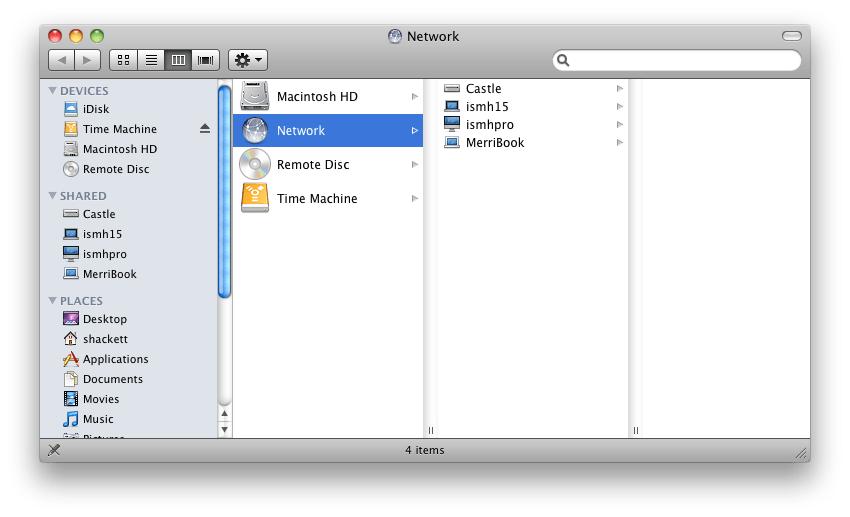
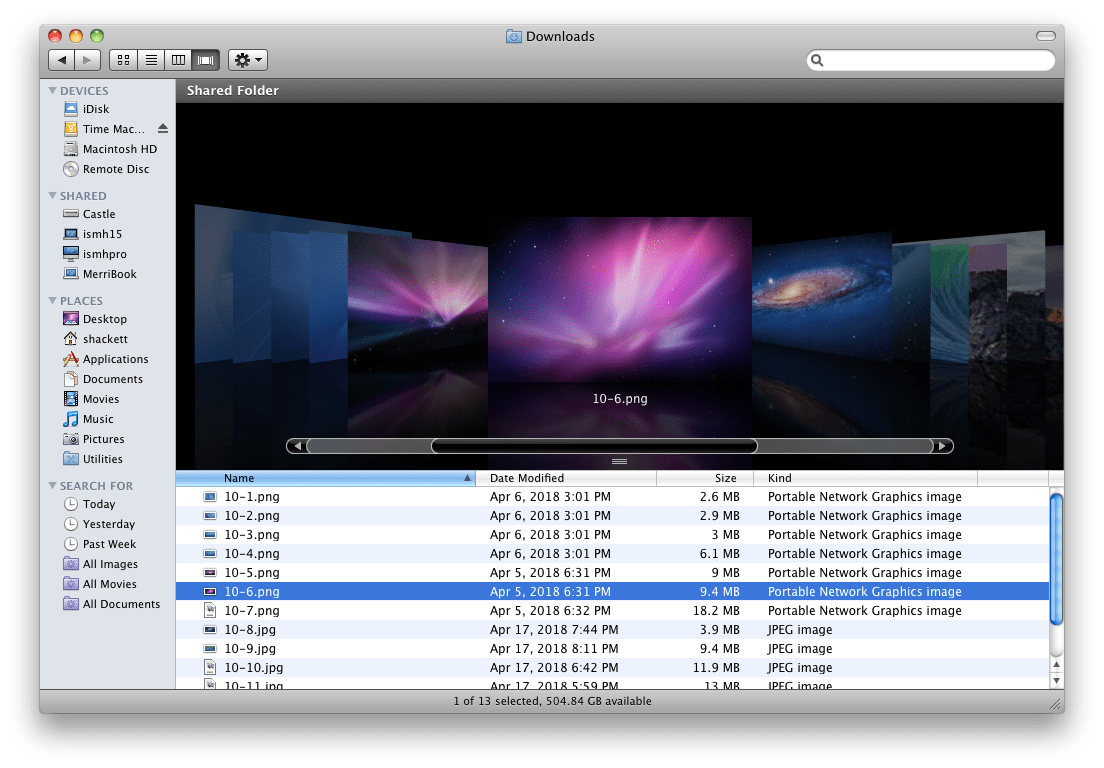
Don't get mad at me, but this is a very strange article. If I ignore complete delusions like 10.6 was the last OS that ran on Intels, then overall 10.6 is considered the last good OSX. It was fast and stable. We run a lot of Macs, and at this point in time, and have never heard of, let alone experienced, any of the recalled 10.6 issues. Since then, Apple has only been removing functionality from the OS and mutilating existing ones. I don't understand why this article was created. OSX has had weaker versions, but choosing the most historically reasonable version to point out the problems is really weird.
I remember him very fondly. The golden years of Apple. I just switched to it because of the iPhone. Then iPad, iPad mini and many other fetishes. Except for the computer, but nothing for me today. I'm not curious about hot watches, bracelets...
OS X 10.6 – the best system in the history of Apple, both functionally and design-wise. After that it went downhill, it was still possible until version 10.9, but from 10.10 onwards it is a complete disaster.